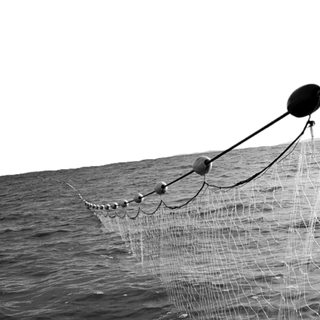Female members of the Indian jumping ants species, a species found only in India, are not only capable of reducing the size of their brains, but can also grow their brains back if needed, a new study has found.
Published in Proceedings of the Royal Society B: Biological Sciences journal, the study confirmed a phenomenon that hadn’t been observed in the insect kingdom before: that ants have the ability to completely transform themselves at the adult stage.
“Indian jumping ants are particularly unique… They shed a part of their brain mass to conserve energy and push resources from the brain to the ovaries for reproduction,” Clint Penick, assistant professor of biology at the Kennesaw State University in the U.S., who was involved in the study, told NBC News.
The Indian jumping ants, found in India and called Harpegnathos saltator, are inchlong insects recognized by their large eyes and V-shaped jaws. The study explains why the brain size of the female Indian jumping ant changes: the ant shrinks its brain size to make spaces for ovaries that can help with producing offsprings; when there is no need to procreate, the brain size can grow back.
Related on The Swaddle:
Male Praying Mantises Have Evolved to Escape Sexual Cannibalism By Female Partners
Typically, male ants die soon after mating, while female ants have a much longer lifespan — queen ants of some species are known to live for almost 30 years. For each ant colony, it is only the queen ant who reproduces — ant colonies are rooted in power structures that scientists have observed over the years. When the queen ant dies, there’s no one left to produce more members, and the colony eventually dies out. But for the Indian jumping ants, the rules are a little different.
Upon the queen’s death, females of the colony engage in a month-long battle, during which they undergo a physiological change: their brains shrink by 20-25% and their ovaries expand, almost up to five times their original size. The ants that emerge victorious from the battle assume royal status, which means they activate their ovaries to fulfill their ‘queenly duties’ of reproduction. In a way, their “colonies can be immortal, theoretically,” Penick, who describes himself as an “ant scientist,” explained.
Interestingly, this physiological change involving their brains and ovaries is entirely reversible. If their queen status is revoked for any reason whatsoever, their ovaries shrivel up again and their brains grow back to their original size — because their need to reproduce, which had caused their brains to shrink, is eliminated completely.
“Among ants, females always rule the nest… [but] the Indian jumping ants’ fluidity is especially empowering and delightfully unpredictable. Among these ants, every little girl actually can grow up to be a queen,” Katherine Wu, a reporter at The Altantic, writes.




